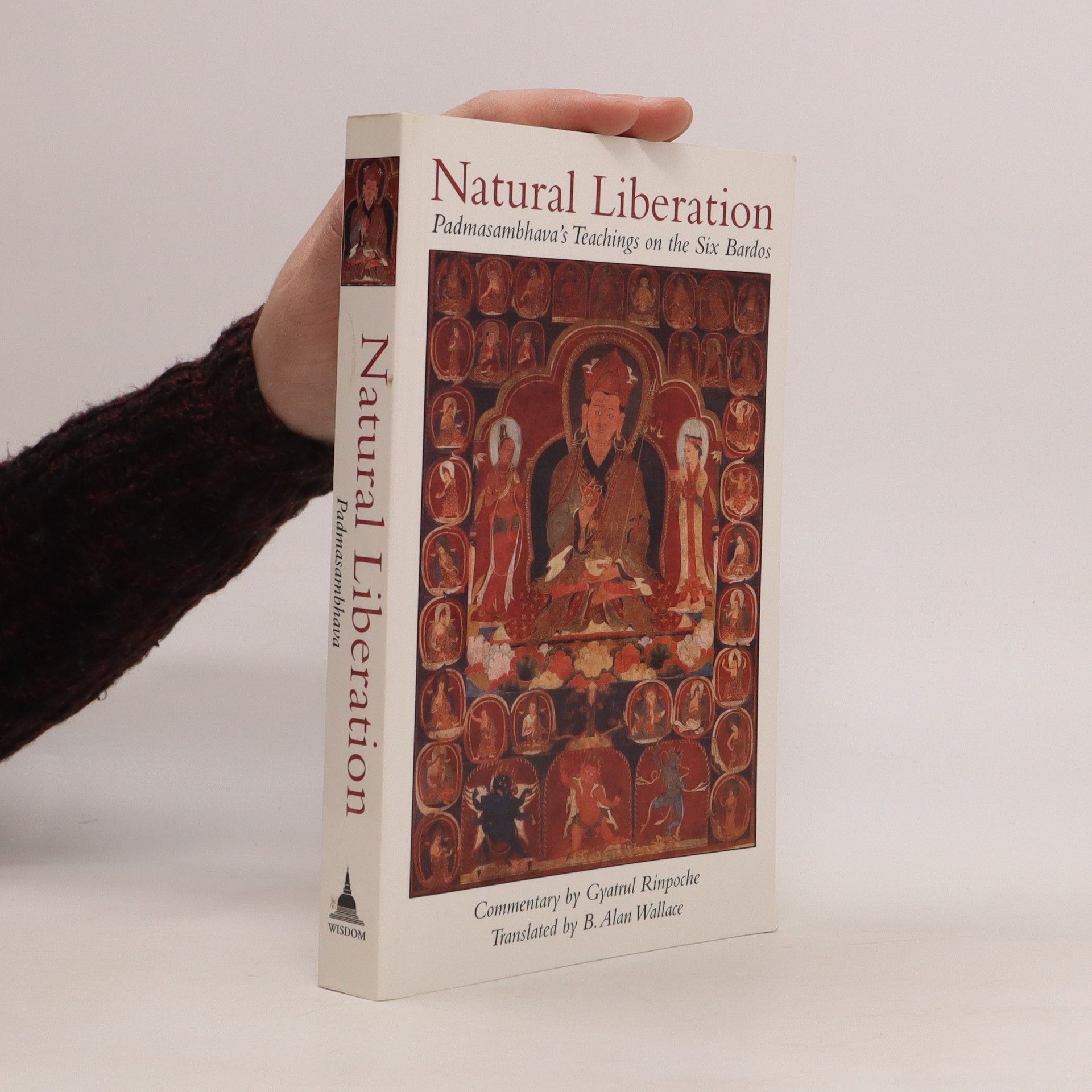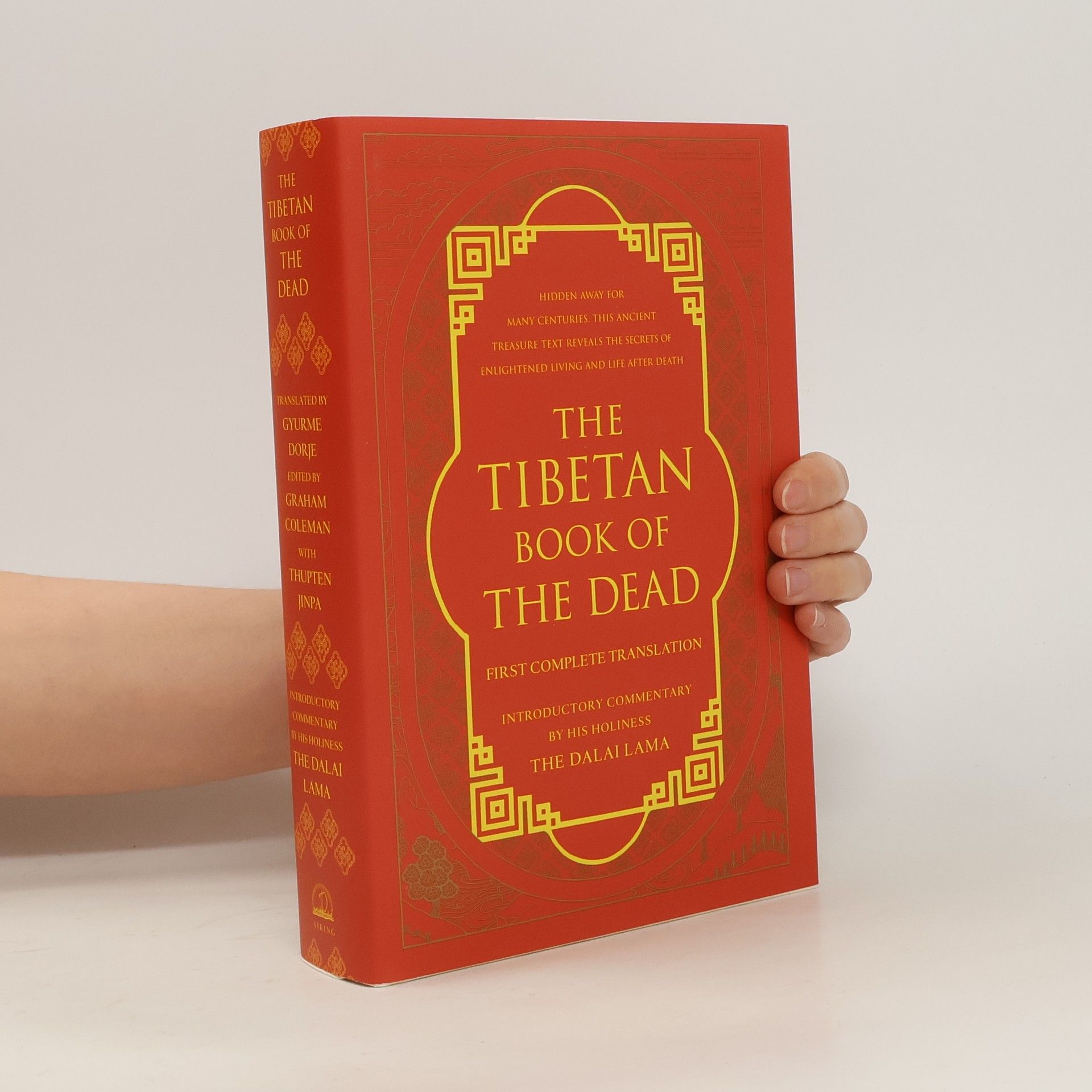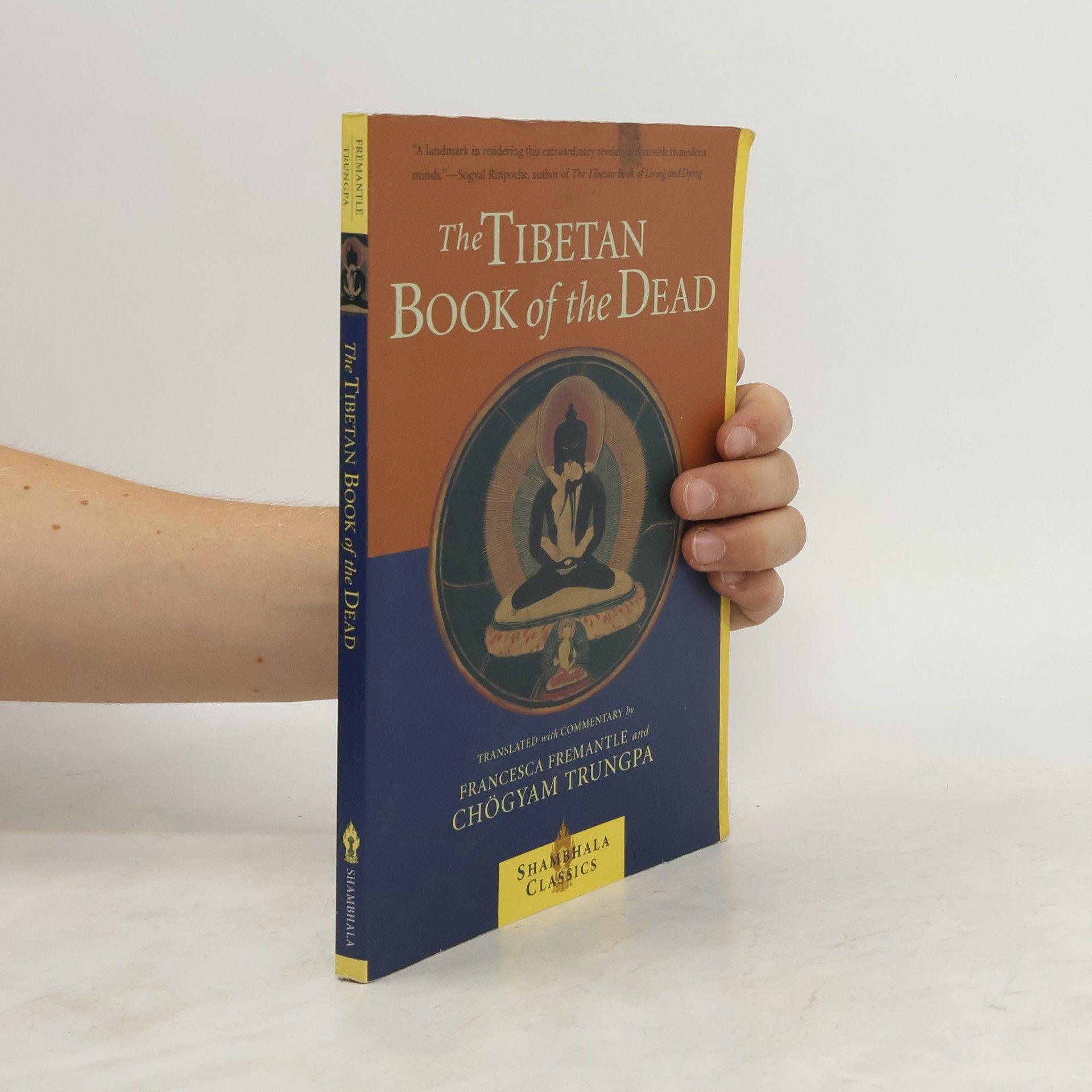Advice from the Lotus-Born
- 184pages
- 7 heures de lecture
“ Don’t mistake mere words to be the meaning of the teachings. Mingle the practice with your own being and attain liberation from samsara right now.”PadmasambhavaPadmasambhava is the primary master of Vajrayana, the teachings for our time. Out of his great compassion and wisdom, he instructed his main disciple Yeshe Tsogyal to conceal terma treasures to be revealed at the destined time for future practitioners. The profundity of this advice is meant to be personally applied by all individuals in all circumstances. It is a classic work, which contains valid truth for anyone who sincerely wants to follow a spiritual path.“The chief compiler of Padmasambhava’s teachings was Yeshe Tsogyal, an emanation of a female Buddha. There may be some people who believe that only men can attain enlightenment, but her life is proof to the opposite. The awakened state of mind is neither male or female.”Tulku Urgyen Rinpoche, from Introductory Teachings





